Debunking Software Selection Process

Boosts Efficiency and Flexibility Finding the right CTRM Solution for your business Choosing the right software for your organization can be a difficult assignment, particularly in regards to CTRM software. The requirements can be different and might be as unique as the business itself. An ideal software should meet the needs and prepare the organization […]
Digitizing a Major Gas Station Company’s Inventory with 100% Accurate Forecasting

Streamlined inventory management transformation Operational Enhancement A major U.S.-based corporation, operating a network of retail gas stations, was managing their inventory inflow and outflow through complex Excel spreadsheets to simulate ‘what-if’ scenarios, especially during extreme weather and other critical events. However, this approach had become increasingly cumbersome, prone to human error, and lacked the flexibility […]

